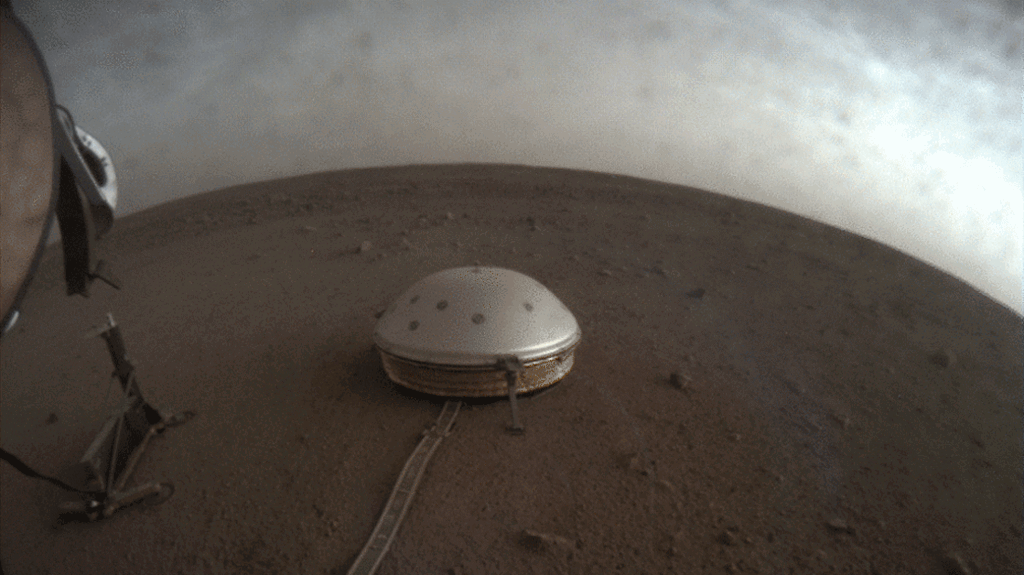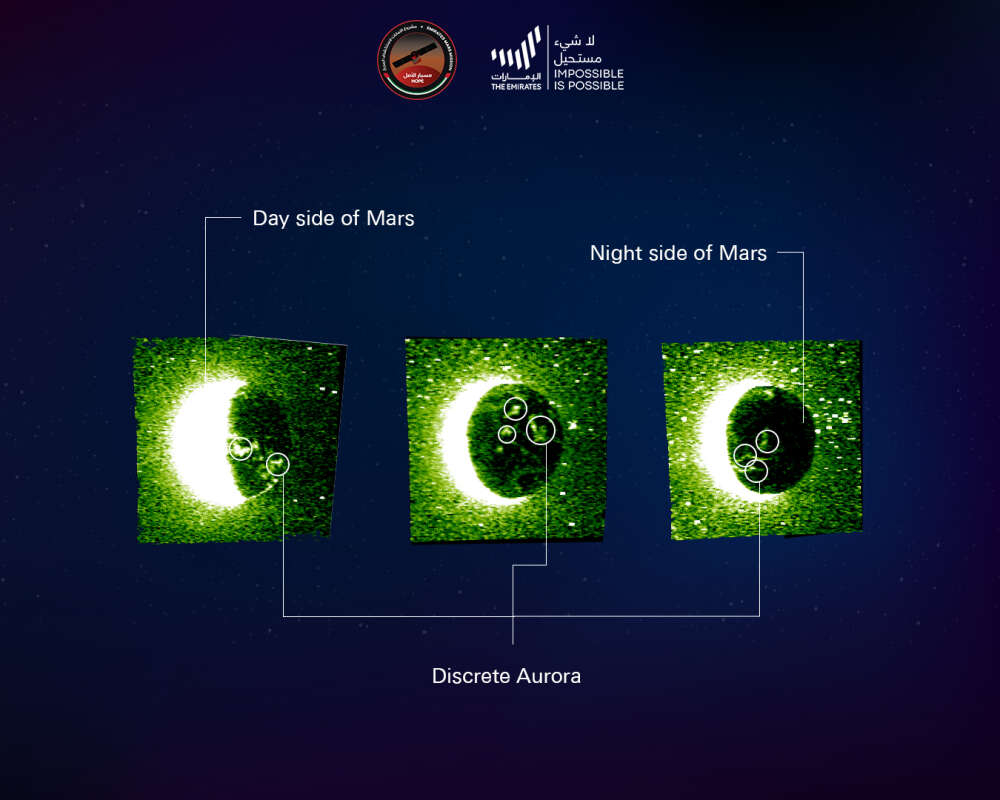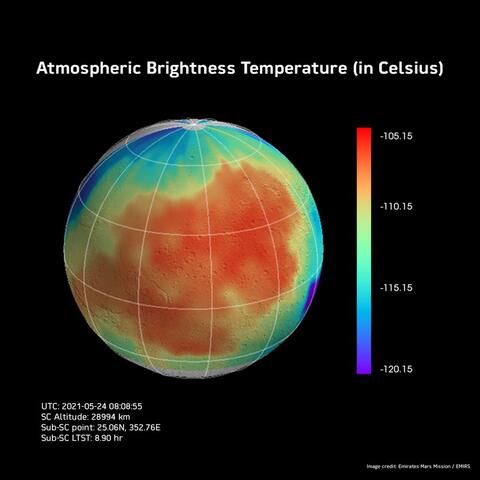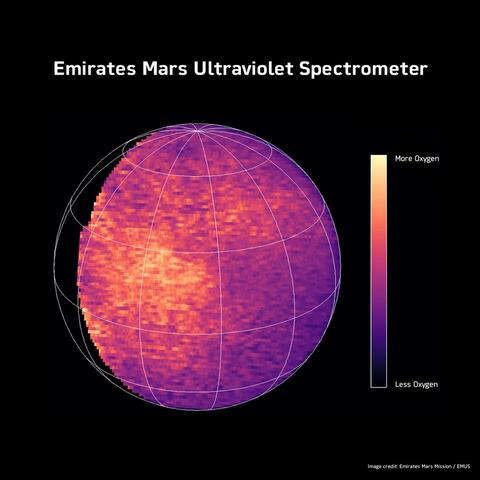InSight into Mars
NASA's lander InSight reveals details about the internal structure of Mars, from crust to core.
InSight stands for Interior Exploration using Seismic Investigations, Geodesy and Heat Transport – the immobile lander reached our red neighbour in 2018, and was the first one to study the planet’s deep interior. One of its instruments, the HP3 (Heat Flow and Physical Properties Probe) Self-Hammering Mole, was meant to collect samples from as far as 5 meters (16 feet) beneath the surface, much deeper than rover Curiosity’s 6.6 cm (2.6 inch). While this part of the mission had to be aborted earlier this year because, unexpectedly, the soil presented a tendency to clump, the SEIS seismometer (Seismic Experiment for Interior Structure) has recorded 733 earthquakes – or actually, marsquakes.

The Earth is very active geologically because of its tectonic plates, volcanic activity and the rotating and electrically conducting core that produces the magnetic field. Mars has just one discrete layer of crust and no recent volcanic activity has been observed, therefore it was expected that there wouldn’t be much to observe. However, since SEIS started its operations in 2019, our of the 733 marsquakes, 35 have been strong enough to produce “seismic maps”.
On Earth, such maps are produced thanks to data from various stations – but InSight was able to do it on its own. To achieve this, SEIS recorded not just the waves that came in directly from the marsquake, but also their echoes as they get reflected off the core or at the crust-mantle interface. The first research focused on the crust and determined it to be between 24 and 72 kilometres (15 to 45 miles) thick; the team also found that it is divided into two parts, where the upper layer is more porous than previously thought. They put forward two models that need to be tested further: one where the crust is in the thinner range (up to about 40km deep) but contains more radioactive elements that act as “heaters”, and another one where the crust is thick which leaves more possibilities for the density of heat-producing elements.

In a second paper, the team discusses the mantel: the lithosphere (which contains the crust and the solid upper mantel) was found to extend up to depths of 400-600km, compared to Earth’s 100km. Last but not least, the core was found to be huge: more than half the planet’s radius (1 830km out of 3 390km). Unlike the Earth that has a distinct liquid lower mantel and solid iron-nickel core, the SEIS data indicates that Mars’ core is liquid, but contains a variety of lighter elements like oxygen, carbon and hydrogen in addition to the iron and nickel. This is very interesting to study how Mars lost almost all of its magnetic field, which in turn led to the loss of most of its atmosphere.

At the same time, although very thin, the atmosphere added to the presence of magnetic rocks at Mars’ surface are sufficient for aurorae (Northern/Southern lights) to appear. They have been observed with the Emirates Mars Mission Hope (Al-Amal), which also recently tracked the temperature in the Martian atmosphere with its Infrared sensors, and discovered a “blob” of oxygen with its Ultraviolet Spectrometer.
It took hundreds of years to understand the Earth’s interior and over 40 years after the Apollo mission to have an understanding of the Moon’s. Thanks to InSight, models of the Martian interior are being improved after just two years of operations – and with the 8 orbiters and 6 rovers currently in operation, including Al-Amal, we are grasping more and more about the Red Planet, until one day, we set foot on it.
Cover Image: Artist's impression of Mars' internal structure, IPGP/D. Ducros
Image Credits:
1 - SEIS, NASA/JPL-Caltech
2 - Mars seismic map, D. Giardini, P. Lognonné, W. Banerdt et al. (2020)
3 - Marsquake seismogram, NASA/JPL-Caltech
4, 5 & 6 - Emirates Mars Mission


